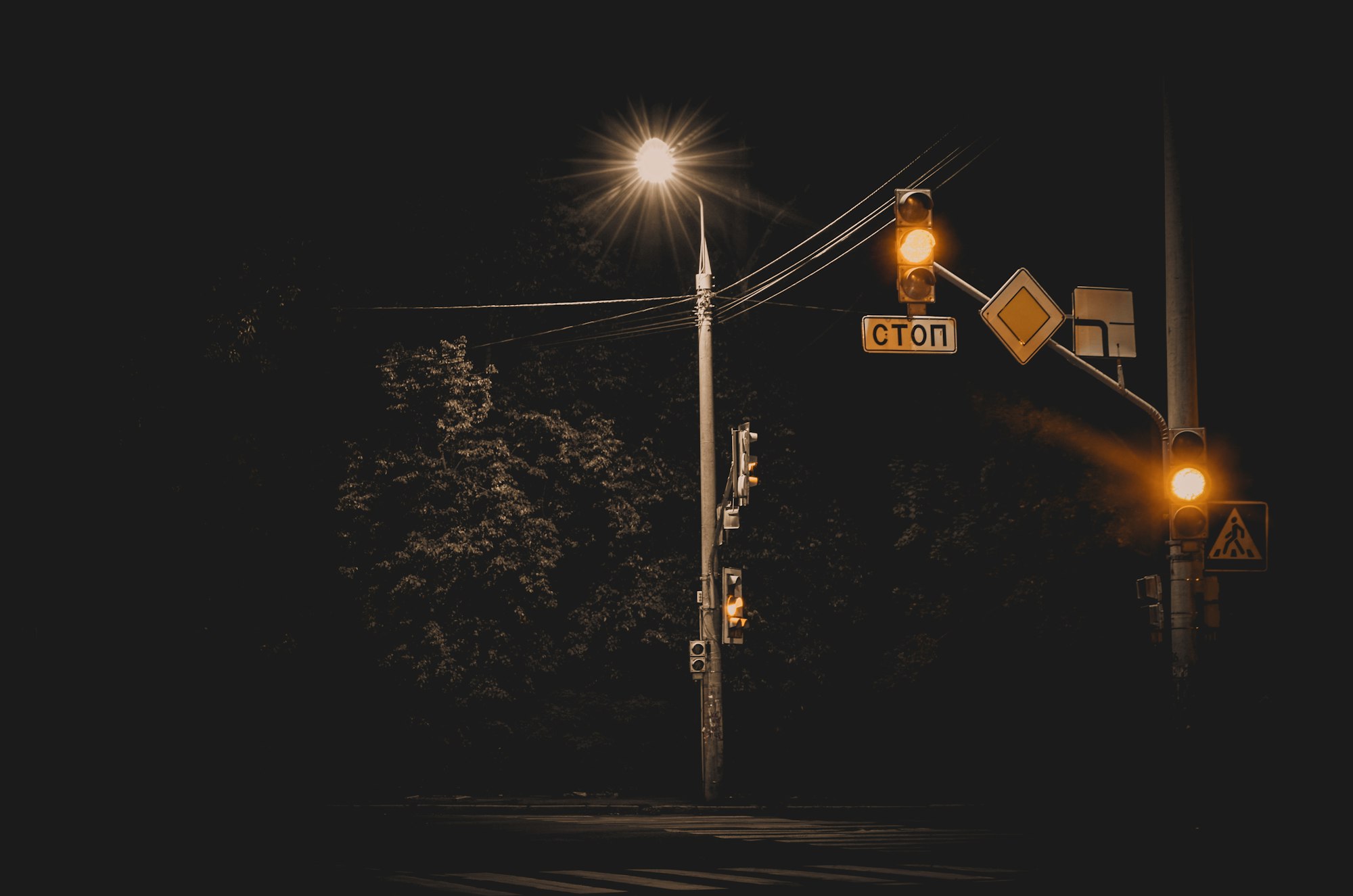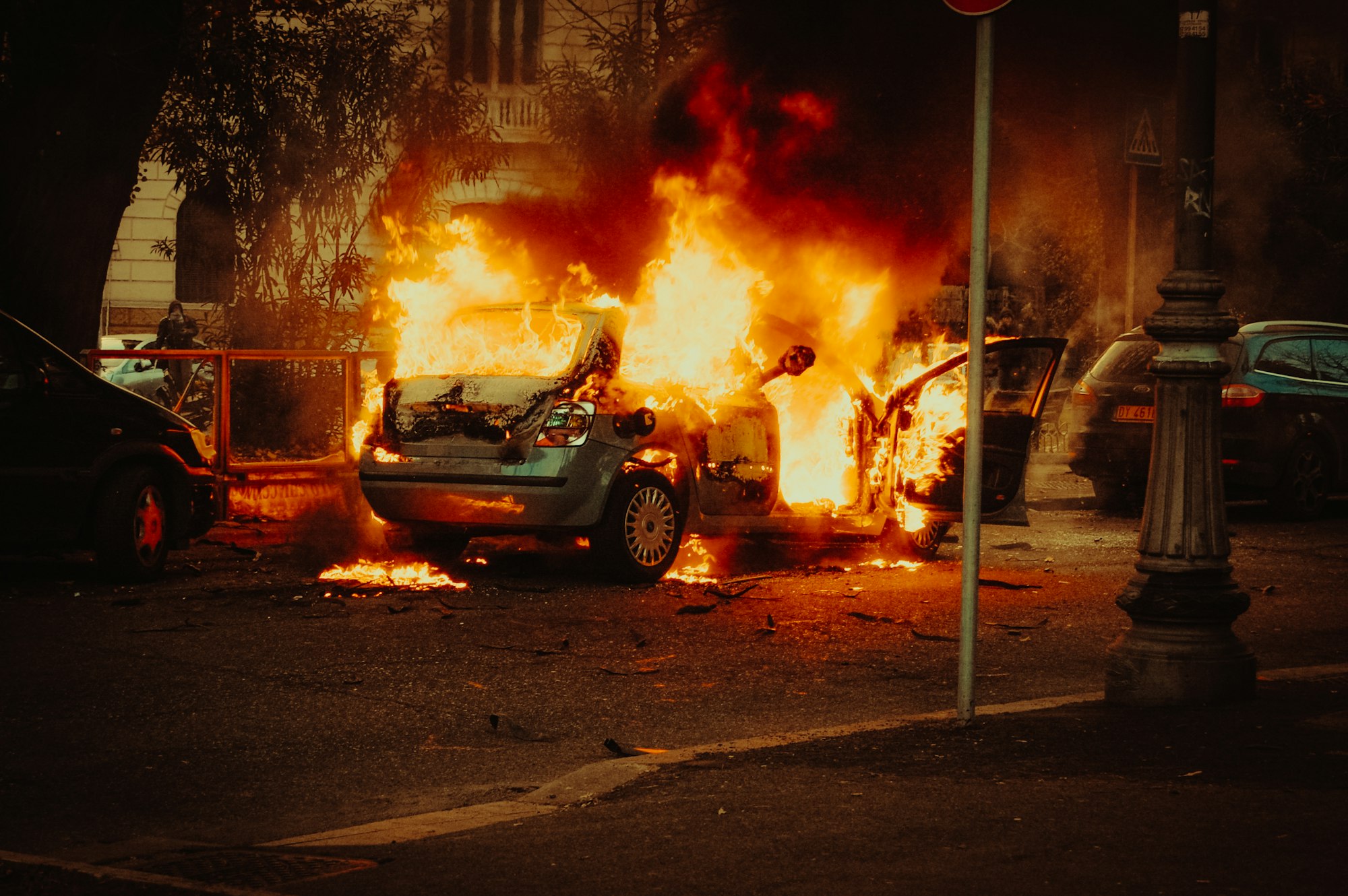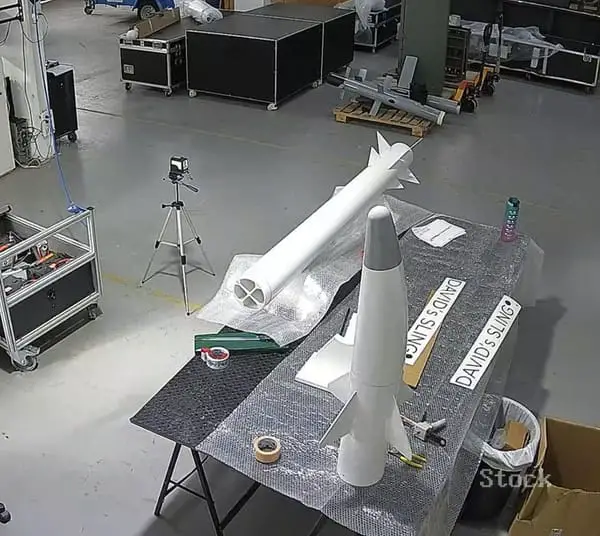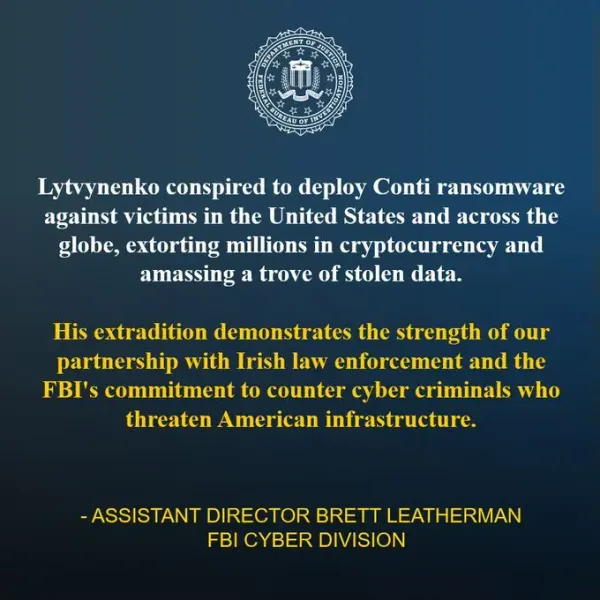The UK's Dystopian Facial Recognition Crisis: Shaun Thompson vs. The Metropolitan Police

Executive Summary
The case of Shaun Thompson represents a critical inflection point in the UK's relationship with surveillance technology. A 39-year-old community volunteer dedicated to preventing knife crime has become the face of resistance against what critics describe as the unchecked expansion of facial recognition surveillance. His legal challenge against the Metropolitan Police, set to be heard in January 2026, could fundamentally reshape how biometric surveillance is deployed across Britain.

The Incident: When the Hunter Becomes the Hunted
In February 2024, Shaun Thompson was returning home from a volunteer shift with Street Fathers, an organization that provides positive male mentorship to young people and works to get knives off London's streets. As he walked past London Bridge station, he unknowingly passed one of the Metropolitan Police's roving facial recognition vans—inconspicuous white vehicles equipped with cameras that scan faces and cross-reference them against police databases.
Within seconds, the system flagged Thompson as a match for someone on their watchlist. What followed was a half-hour detention that Thompson describes as deeply intrusive and humiliating. Despite providing multiple forms of identification, including his passport, officers repeatedly demanded fingerprints and threatened arrest. The irony was stark: a man dedicating his life to reducing violence was being treated as a criminal by technology that couldn't tell the difference.
"I work with Street Fathers, which helps the youth of London. I patrol to help keep kids safe and protected and to get knives off the streets," Thompson said. "I was coming home from a street patrol in Croydon, when I was pulled out of the street at London Bridge due to facial recognition."
"They were telling me I was a wanted man, trying to get my fingerprints and trying to scare me with arrest, even though I knew and they knew the computer had got it wrong," he recalled. "Instead of working to get knives off the streets like I do, they were wasting their time with technology when they knew it had made a mistake."
The Technology: "Stop and Search on Steroids"
Thompson's characterization of facial recognition as "stop and search on steroids" captures the scale and invasiveness of the technology. The Metropolitan Police's Live Facial Recognition (LFR) system operates through mobile units that can scan hundreds of thousands of faces in a single deployment. The Met's use of LFR has expanded significantly in 2024 – it has already been deployed on 73 occasions with around 150,000 people having had their faces scanned.
The system works by creating biometric templates of every face that passes by the cameras, comparing them against watchlists that can contain thousands of individuals. Thompson was identified by one of London's roving facial recognition vehicles, white vans equipped with cameras on top that scan surrounding faces and flag them against a database of wanted perpetrators.
But the technology's accuracy rates tell a troubling story. Different studies have produced vastly different assessments of facial recognition's reliability, but real-world deployments consistently show concerning error rates.

The Accuracy Crisis: A Technology That Fails When It Matters Most
The gap between laboratory testing and real-world performance of facial recognition technology reveals a fundamental problem with current deployment strategies. While controlled testing environments can show impressive accuracy rates, police deployments tell a different story.
By Big Brother Watch's analysis, the Metropolitan Police use of AFR has a false-positive rate of 98 percent. Out of the 104 times the police system matched a person to an image of a wanted criminal, 102 of the matches identified the wrong person. The study, commissioned by the Met Police, found that in the limited number of deployments it observed, 63.64% of matches leading to a stop were inaccurate (14 of 22 total matches), and just 36.36% (8 of 22) were accurate.
The South Wales Police experience provides additional context: As 170,000 people arrived in the Welsh capital for the football match between Real Madrid and Juventus, 2,470 potential matches were identified. However, according to data on the forces website, 92% (2,297) of those were found to be false positives.
These error rates become particularly concerning when considering the potential for demographic bias. Research from the U.S. National Institute of Standards and Technology (NIST) found that face recognition algorithms' accuracy rates vary widely based on the subject's age, race, and gender. Error rates are consistently higher for women and Black individuals, with Black females most affected.
The Human Cost: Real Lives Behind the Statistics
Thompson's case is far from isolated. The civil liberties organization Big Brother Watch has documented numerous instances of misidentification leading to wrongful stops and searches. Big Brother Watch says that the cases are the "tip of the iceberg" and that more people are seeking help after being falsely accused after being misidentified by live facial recognition.
The psychological impact extends beyond the immediate inconvenience. "It felt intrusive," he told the BBC. "I was treated guilty until proven innocent." For someone dedicating his life to community safety, the experience was particularly jarring.
The broader implications are even more troubling. Thompson launched a legal challenge against the Met in May after being wrongly flagged as a criminal. The BBC reported that one in 40 alerts this year have been a "false positive", yet the head of the Met police, Mark Rowley, maintains that LFR is "accurate, fair and not intrusive".

Street Fathers: The Organization Behind the Man
Understanding Thompson's work provides crucial context for the injustice of his treatment. Street Fathers is part of a broader ecosystem of London-based organizations working to combat knife crime through positive intervention rather than purely punitive measures. These groups recognize that effective crime prevention requires building relationships with at-risk youth and providing alternatives to violence.
The anti-knife crime sector in London includes numerous organizations taking innovative approaches to violence prevention. Groups like the Ben Kinsella Trust offer educational workshops, while organizations like Steel Warriors use outdoor gyms and fitness programs to engage young people. Lives Not Knives focuses on mentorship, and the Mayor's Young Londoners Fund has supported 43 anti-knife crime projects across the capital.
Thompson's role with Street Fathers involves direct street outreach, providing the kind of positive male mentorship that research shows can be effective in steering young people away from violence. The irony of his detention—a man working to prevent crime being misidentified as a criminal—highlights the disconnect between community-based prevention work and the high-tech policing approaches increasingly favored by authorities.
The Legal Challenge: A Test Case for Surveillance Society
Thompson's legal challenge, brought alongside Big Brother Watch director Silkie Carlo, represents the first comprehensive judicial review of the Metropolitan Police's facial recognition program. Dan Squires KC, Aidan Wills and Rosalind Comyn are instructed in a judicial review of the Metropolitan Police's deployment of live facial recognition (LFR) technology.
The case will examine several fundamental questions:
Legal Authorization: There is currently no legislation that specifically authorizes the use of live facial recognition. Police across England and Wales have adopted their own policies in the absence of parliamentary approval or a legal framework.
Human Rights Implications: The deployment of mass surveillance technology raises significant questions about privacy rights and the proportionality of police responses.
Effectiveness vs. Harm: With such high false positive rates, the case will likely examine whether the technology's minimal success in identifying actual suspects justifies the widespread misidentification of innocent people.
Demographic Bias: The documented disparities in accuracy across racial and gender lines raise serious equality concerns.

The Metropolitan Police Response: Defending the Indefensible?
Despite mounting evidence of problems with facial recognition technology, the Metropolitan Police has doubled down on its deployment. Lindsey Chiswick, director of intelligence at the Met, said: "The Met is committed to making London safer, using data and technology to identify offenders that pose a risk to our communities. Live facial recognition technology helps officers to identify people who are wanted. Independent testing by the National Physical Laboratory has shown it is accurate and we understand how to operate it in an equitable way."
This defense highlights a fundamental disconnect between controlled testing environments and real-world deployment conditions. For instance, suppose FR is being used at the UK's Heathrow Airport, where an average of 219,458 people pass through daily (Heathrow Airport n.d.). Assuming a percentage of false positives of 0.01% (in the case of extremely precise technology), this equates to 22 people per day being erroneously tagged and stopped.
The police response also fails to address the core civil liberties concerns. The Metropolitan Police chooses to use different metrics which present Live Facial Recognition as much more accurate than it is. The False Positive Identification Rate (FPIR) used by the Met Police is measured as the number of false matches against the total number of faces seen, with the figure quoted by the Met Police being 1 in 6,000 or 0.017%.
The Broader Context: UK's Surveillance Expansion
Thompson's case occurs against the backdrop of rapidly expanding surveillance capabilities across the UK. The technology has moved beyond pilot programs to routine deployment at major events and in high-traffic areas. The Met's recent announcement that it plans to roll out the technology during this year's Notting Hill Carnival revived long-standing objections, especially after previous trials at the event drew widespread public outcry.
The construction of watchlists has also drawn scrutiny. These databases are not limited to those suspected of wrongdoing. Instead, they have included individuals with no criminal record whatsoever, including peaceful demonstrators, and even victims of crime.
International context provides additional cause for concern. We join you in condemning the racist, violent and disorderly scenes across the country and urge you to drop any plans to expand police use of live facial recognition surveillance in particular. Twenty-six human rights organizations have called on Prime Minister Keir Starmer to reconsider plans to expand facial recognition in response to recent public disorder.
Implications for Civil Society
The Thompson case represents more than an individual injustice—it's a test of whether civil society can effectively challenge the expansion of surveillance technology. "I'm bringing this legal challenge because I don't want this to happen to other people," Thompson said.
The case highlights several broader concerns:
The Chilling Effect: If community volunteers working to prevent crime can be wrongfully detained and threatened with arrest, what message does this send to civic participation?
Technological Solutionism: The reliance on flawed technology as a substitute for human judgment and community-based approaches to crime prevention.
Democratic Oversight: The deployment of mass surveillance technology without explicit legislative authorization raises fundamental questions about democratic governance and accountability.
Proportionality: Whether the minimal benefits of the technology justify its widespread impact on innocent citizens.

The Road Ahead: January 2026 and Beyond
The lawsuit, which will be heard in January 2026, is the first of its kind to confront the Met's increasing reliance on facial recognition. The outcome could have far-reaching implications for surveillance technology deployment across the UK and potentially internationally.
Success in the case could:
- Establish legal precedents requiring explicit legislative authorization for mass surveillance technologies
- Create requirements for public consultation and transparency in surveillance deployment
- Mandate accuracy thresholds and bias testing for biometric technologies
- Provide compensation frameworks for victims of technological misidentification
Failure, however, could signal judicial acceptance of the police's current approach, potentially accelerating the expansion of facial recognition technology across British society.
Conclusion: The Stakes Could Not Be Higher
Shaun Thompson's journey from community volunteer to civil rights plaintiff encapsulates the broader tensions facing democratic societies in the digital age. His case represents a crucial test of whether legal systems can effectively constrain the expansion of surveillance technology and protect the rights of citizens to move freely without being subjected to automated suspicion.
The irony remains striking: a man dedicated to making London's streets safer has been forced to fight for the right not to be treated as a criminal by his own government's technology. The outcome of his legal challenge will resonate far beyond the courtroom, potentially determining whether the UK becomes a model for responsible technology deployment or a cautionary tale of surveillance overreach.
As Thompson himself noted, this is about more than personal vindication—it's about ensuring that the technology meant to protect society doesn't end up undermining the very freedoms it claims to defend. The stakes could not be higher, and the world will be watching when the case comes before the High Court in January 2026.










